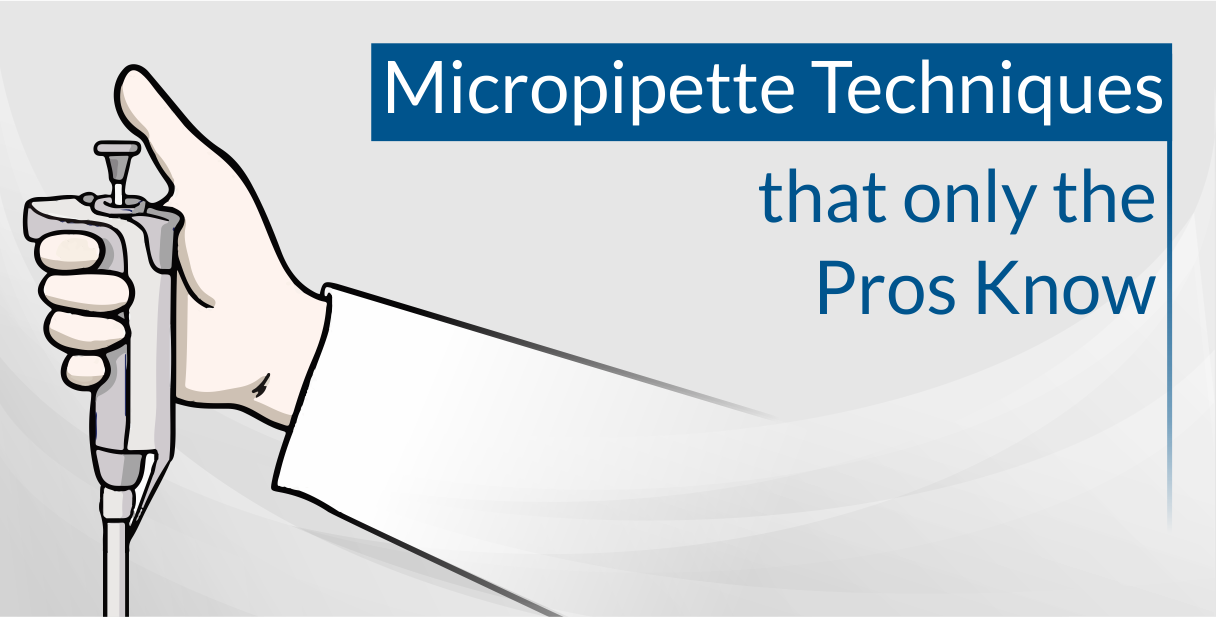Mastering micropipette techniques commences with a critical decision – selecting the right tool for your specific task. Micropipettes come in various models, each catering to distinct volume ranges, from the ultra-microscale to larger volumes within the microliter spectrum. Consider the nature and requirements of your experiments when making this crucial choice. Making sure the micropipette aligns with the needs of your job is important for doing accurate and precise work in the lab. This decision is akin to choosing a reliable ally on your scientific journey, and the right micropipette can significantly impact the outcome of your experiments.
Calibration as the base of precision
The key to precise pipetting is making sure the equipment is properly calibrated on a regular basis, which is a recommended practice and an essential ritual to ensure the reliability and reproducibility of your results. Most micropipettes are equipped with adjustable settings, providing the flexibility to fine-tune the instrument according to the specific needs of your experiments. Establishing a routine testing schedule is not merely a procedural step but a commitment to maintaining the highest standards of precision in your lab work. It will prove to be the compass for your micropipette in the world of science and helps make sure that every volume you measure is accurate and matches the real value.
Mastering the Skill of Using Micropipette
Achieving mastery in micropipetting extends beyond selecting the right instrument and regular testing. It means getting really good at what you do so you stand out as excellent in the field of science. Let’s explore the skill of micropipette technique with a step-by-step approach:
1. Proper Grip:
Hold the micropipette carefully, like a skilled artist holding a delicate tool. Make sure your grip feels comfortable but secure, which not only enhances control but also provides stability during the pipetting process. You can further prevent fatigue and injury by using an adjustable chair or stool to reach tip boxes, sample tubes, and waste containers with ease, finger hooks to loosen your grip, taking 3 to 5-minute breaks in between lengthy pipetting sessions, and setting up your worktable correctly before beginning a pipetting session.
2. Adjusting & Volume lock setting:
3. Pre-Wetting the Tip:

4. Vertical Pipetting:
5. Avoiding Air Bubbles:
6. Slow and Steady Pipetting:
Tips and Tricks for Enhanced Efficiency
After you’ve learned the basics, using some advanced tips and tricks will help you get even better at micropipetting. Here are some strategic considerations:
1. Tip Selection Matters:
Choosing the right pipette tips is really important for getting accurate measurements. Opt for tips that match the volume you are working with to avoid inaccuracies and unnecessary sample wastage.

2. Use Filter Tips for Sensitive Applications:
When the finest degree of purity is required, opt for filter tips. These special tips help prevent tiny particles in the air from getting into your samples, keeping them safe and pure.
3. Use Low Retention Tips for viscous or low-volume samples

4. Consider Sample Viscosity:
5. Reverse Pipetting for Sub-Instrument Volumes:
6. Regular Maintenance for Longevity
The journey of excelling at micropipette techniques is not a one-time effort but an ongoing commitment to improvement. Maintain the optimal condition of your micropipette by implementing routine maintenance procedures, which include routine decontamination, thorough inspection, and lubrication as needed. A well-maintained micropipette is a tool that guarantees longevity and steady functioning, making it your trustworthy companion in the field of science.
Conclusion
Mastering micropipette techniques is crucial for achieving scientific excellence in laboratory research. This skill empowers you to conduct experiments with unmatched precision, from selecting the appropriate instrument to incorporating advanced tips and tricks. When used effectively, the micropipette becomes more than a tool—it becomes an extension of your dedication to knowledge. Elevate your lab work, explore new possibilities, and enhance your scientific endeavors by becoming proficient in micropipette usage.
Accumax Low Force Pipettes – the answer to your pipetting challenges. Bid farewell to the discomfort of traditional pipettes and welcome a new era of ease and accuracy. Thanks to our innovative design, you can now pipette for extended periods without experiencing hand strain or fatigue. This low-force technology guarantees a smooth and effortless operation, providing you with precise and consistent results on every occasion.
Aanak Goswami
12+ Years of experience in generating growth for organisations. Having customer management skills with experience of Research, Institutional, clinical diagnostics, Healthcare and Biopharma customers.



